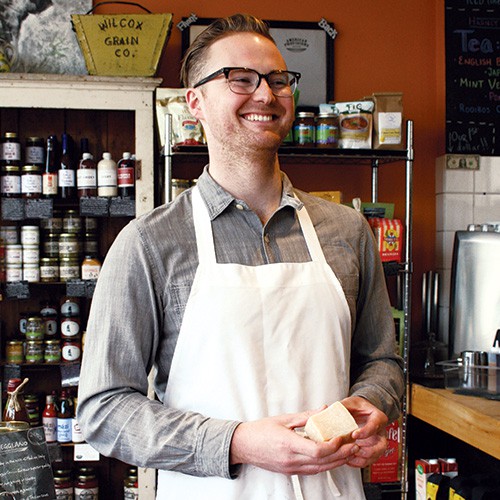
What is cultured butter?
Cultured butter is made when a culture is added to cream during butter production, causing the cream to coagulate and turn to a crème fraîche. That crème fraîche is then churned into butter. During fermentation, milk sours as naturally occurring bacteria convert milk sugars, or lactose, into lactic acid—which also starts the milk’s coagulation (separation of solids and liquids). The bacteria, or “culture,” may be present naturally or added in a controlled way, as is the case with most cheese production.
The aromas and flavors of cultured butter are stronger, deeper, and more piquant than that of non-cultured butter. This includes an organic compound called diacetyl, which creates what our brains and taste buds define as “buttery.” Cultured butter has a velvety texture (as it contains less water) and the ability to withstand higher cooking temperatures. We carry Vermont Creamery’s wonderful cultured butter at American Provisions—it’s the only thing that’s always in my refrigerator at home.




